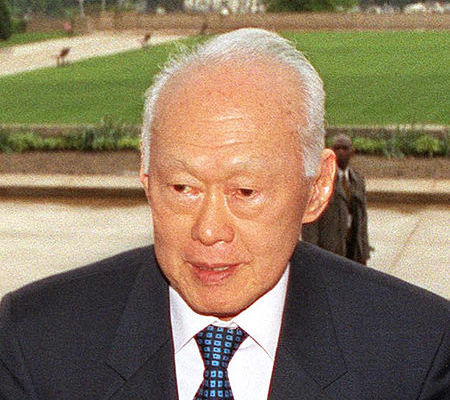Italy’s (unelected) Prime Minister Matteo Renzi has very narrowly — with just 53% of MPs supporting — managed to ram through a major electoral reform to stabilize Italy’s increasingly fractured and ineffectual parliamentary lower house. The reform appears to take a page from the Greek parliamentary system (described further below) but adapts it. Here’s a news summary of the new Italian elections law from France24:
The new legislation, which only takes effect in July 2016 [and only if the Senate is reformed first], is based on proportional representation but guarantees a big majority to the winning party and gives party bosses wide powers to handpick preferred candidates.
If the winning party gains at least 40 percent of the vote, it qualifies for a winner’s bonus that automatically gives it 340 seats in the 630-seat Chamber of Deputies.
If no party wins 40 percent, a run-off ballot between the two largest parties is held two weeks after the first election to determine which party gets the winner’s bonus.
Now to the comparison. Previously, I wrote an explanation of the Greek election system, which is quite similar but had some serious flaws:
250 members of Greece’s parliament are elected through a system that ensures fair geographic representation along with the proportional will of the national electorate, using a 3% threshold.
However, there is one big innovation to clarify the executive mandate. As of the 2008 revisions to Greek election laws, the top-finishing party is given a victory bonus of 50 extra seats – bringing the total to 300 seats in parliament – to help the winner get closer to a governing majority.
This represents a bonus equal to 20% of the proportionally elected seats. (An earlier law gave the winner 40 seats.)
It’s not a perfect setup, of course. A party earning relatively low percentage of the vote share can gain an extra 20% of the seats even if it falls well short of capturing the confidence of a majority of voters and even if another party were to capture just 1% less of the electorate than the winner.
However, it substantially boosts the chances of quickly forming a government and allowing that government to push through its major agenda items, rather than floundering along with the status quo due to internal gridlock.
Meanwhile, it still allows for diverse, multi-party elections — but constructively counteracts the growth of fringe, single-issue, or personality-centric parties that take up seats or weaken serious parties without actually contributing to the government or the opposition in any substantive way.
Renzi’s Italian law is actually probably a substantial improvement on the Greek system. First, it includes a backup runoff component if no party wins at least 40% (which prevents a very small first place finisher from gaining a huge boost or even an outright majority without broad national support). Second, if I understand the news summary correctly, the Italian system will have a sliding-scale/diminishing victory bonus of up to something like 88 additional seats, and as few as about 25, rather than a fixed bonus number whether the winning party got 40%, 50%, or 60% of the vote in the first round. (That way, the extra seats allotment is not unfairly overwhelming if the margin between the first and second finishing parties is very small.
Depending on how it works in practice, Italy’s new law might actually end up being one of the better proportional representation election systems in the world.
Granted, it won’t be without controversy (rightfully so), that an unelected young Prime Minister with a bare majority of parliamentary support has significantly revised the country’s election law (in a way that temporarily favors his large party over the fractured center and right oppositions) and is planning to more or less abolish the Italian Senate in favor of a completely different upper house. But this has been passed constitutionally by a majority of the duly elected people’s representatives, and if it improves Italy’s democratic stability and representation, there won’t be much to complain about.







